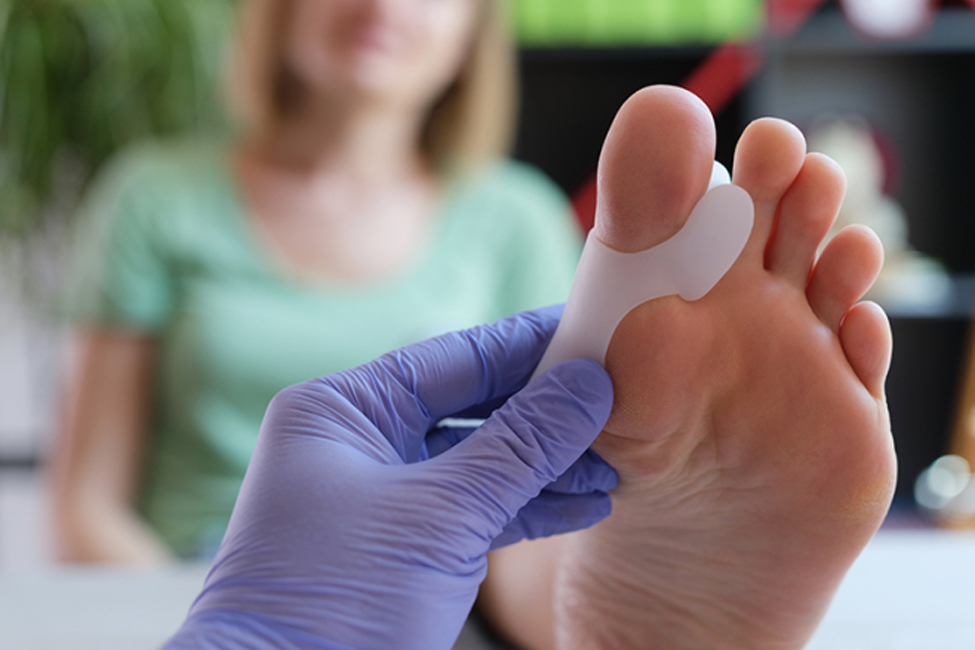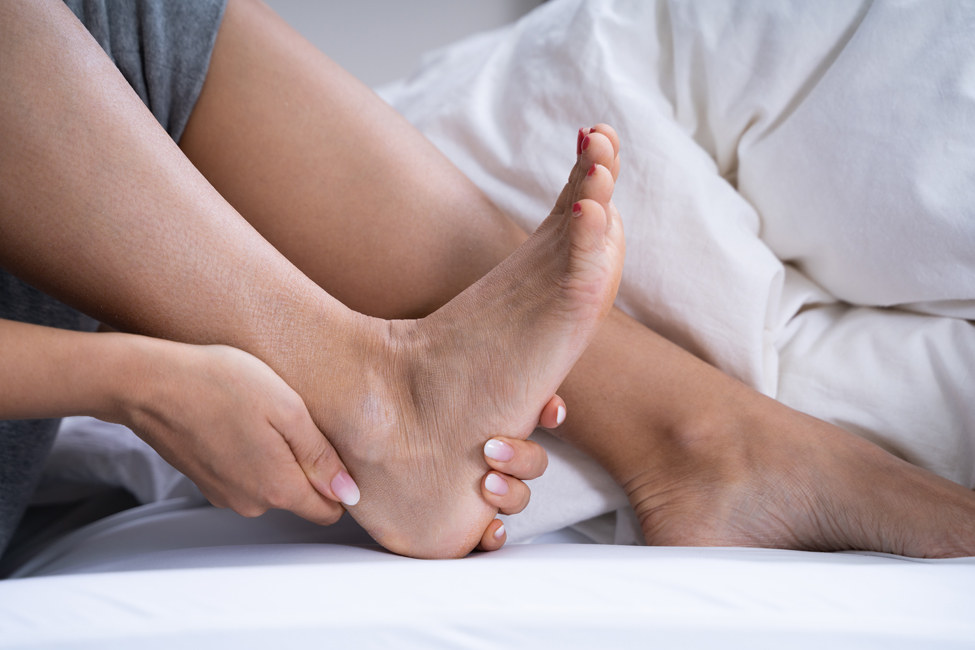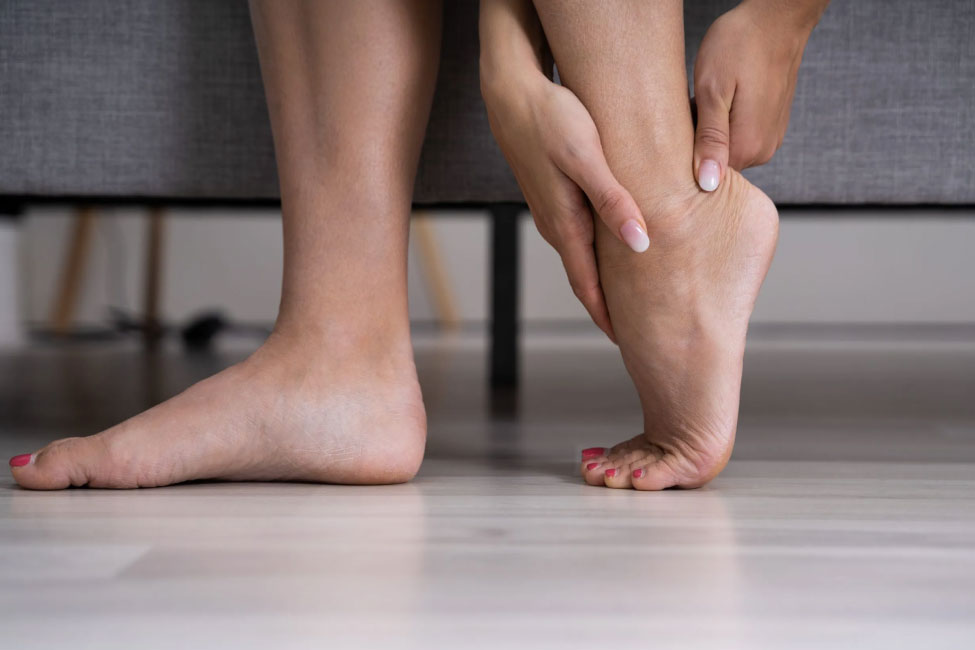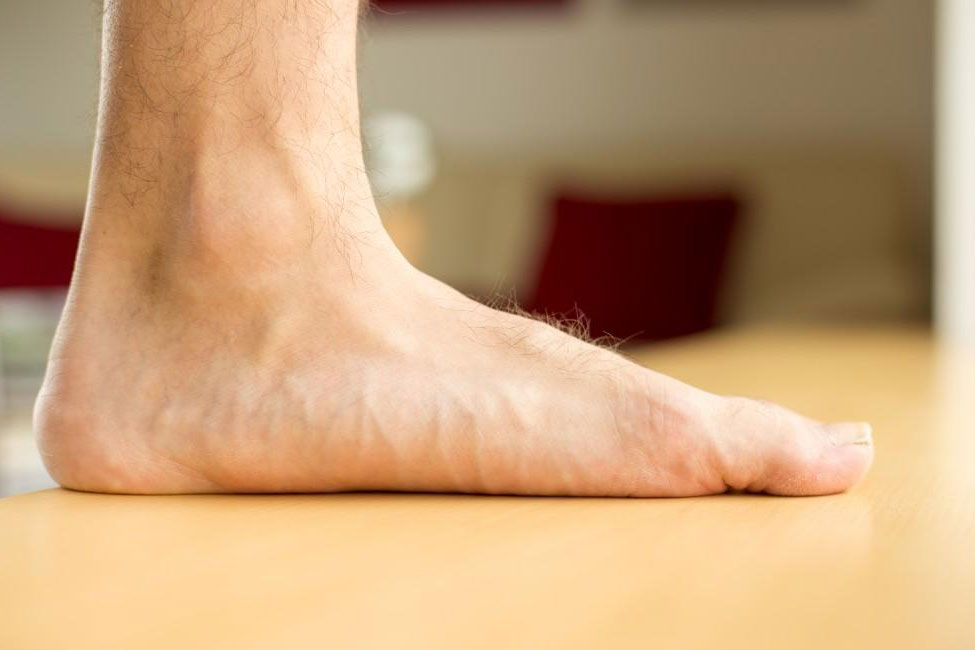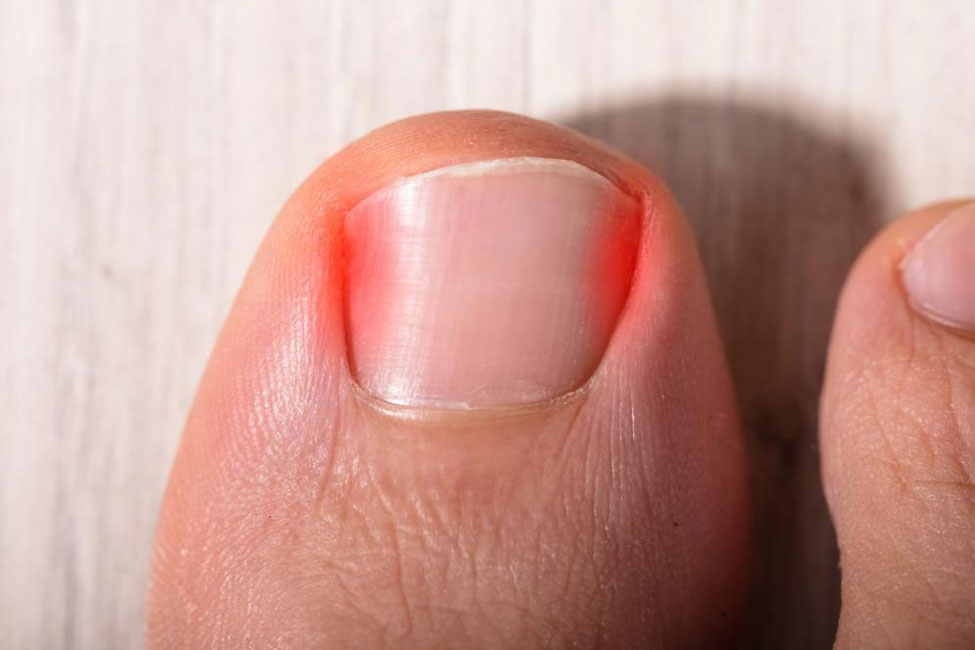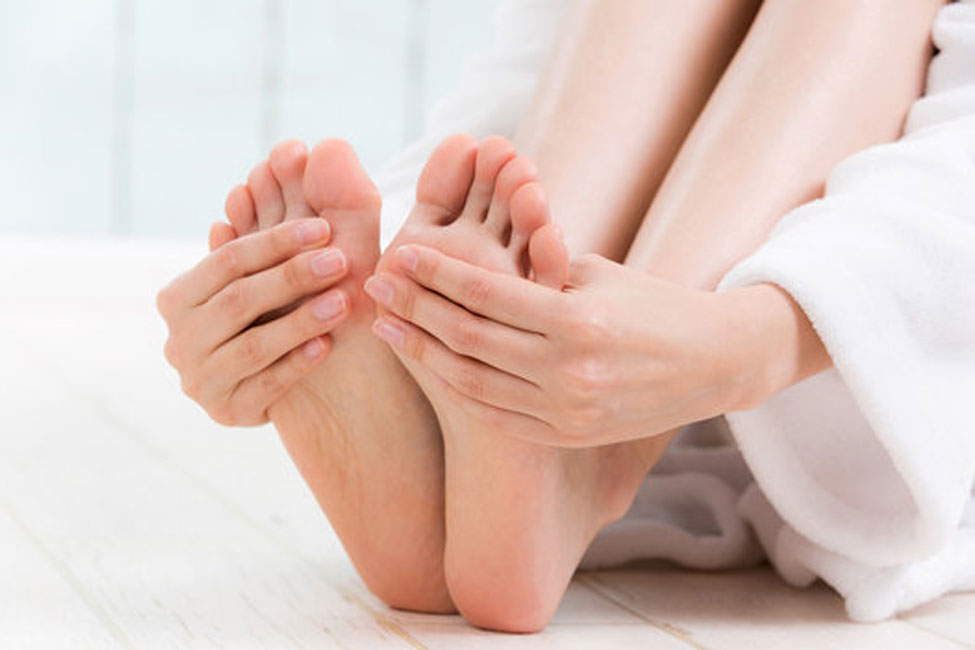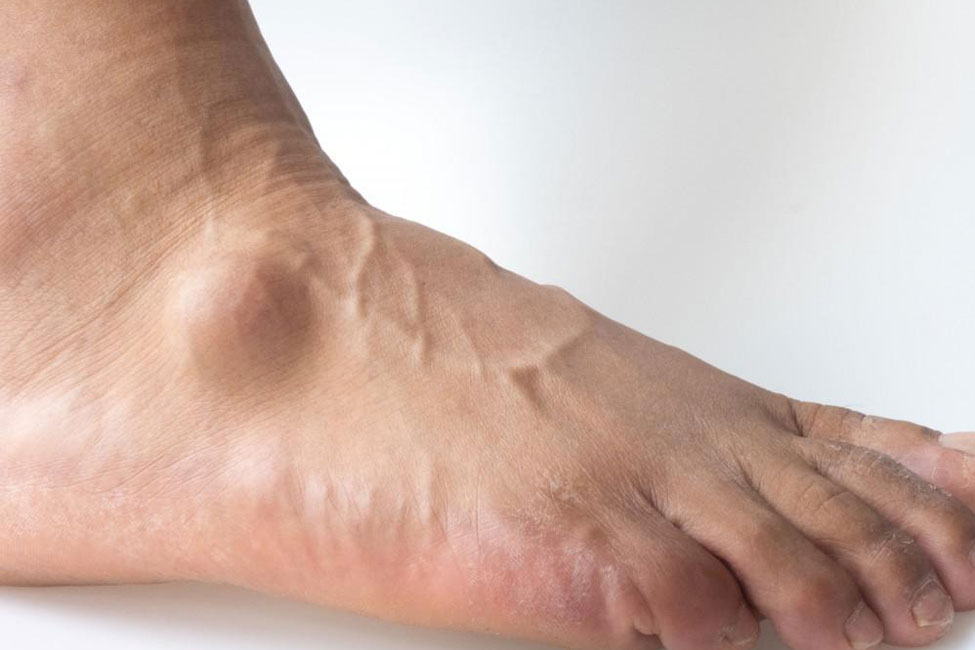A bunion is a bony deformity that forms at the joint located at the base of the big toe. It occurs when the big toe deviates inward toward the other toes, causing the joint to protrude and form a noticeable bump. This condition is often accompanied by soft tissue inflammation and may lead to discomfort and pain.
Typically, bunions develop at the metatarsophalangeal (MTP) joint, found at the base of the big toe. The MTP joint is crucial for proper foot function, and the misalignment associated with bunions can have significant implications for mobility and overall foot health.
Typically, bunions develop at the metatarsophalangeal (MTP) joint, found at the base of the big toe. The MTP joint is crucial for proper foot function, and the misalignment associated with bunions can have significant implications for mobility and overall foot health.
Anatomy of the Foot
The foot is a complex structure composed of multiple bones, and understanding the key components is crucial in comprehending bunion formation. The metatarsal bones form the long part of the foot, connecting to the phalange bones, which make up the toes. Recognising the anatomy of these bones provides insight into how the foot functions and how deviations can lead to conditions like bunions.
The metatarsal and phalange bones maintain proper alignment in a healthy foot, ensuring a stable and functional foundation for weight-bearing activities. When these bones are properly aligned, the foot can efficiently support the body’s weight, minimising the risk of conditions such as bunions.
The metatarsal and phalange bones maintain proper alignment in a healthy foot, ensuring a stable and functional foundation for weight-bearing activities. When these bones are properly aligned, the foot can efficiently support the body’s weight, minimising the risk of conditions such as bunions.
Causes of Bunions
Various factors contribute to the formation of bunions, ranging from genetic predispositions to lifestyle choices.
Genetics and Hereditary Factors
Bunions often exhibit a hereditary component, with a higher likelihood of developing the condition if it runs in the family. Individuals with parents or close relatives who have experienced bunions may have a genetic predisposition, suggesting a familial link to the development of these foot deformities.
The genetic influence on bunions extends to the inheritance of certain foot structures. Structural abnormalities, such as a particular shape or alignment of bones, may be passed down through generations, contributing to an increased susceptibility to bunions.
The genetic influence on bunions extends to the inheritance of certain foot structures. Structural abnormalities, such as a particular shape or alignment of bones, may be passed down through generations, contributing to an increased susceptibility to bunions.
Footwear
The choice of footwear plays a significant role in bunion formation. Tight, narrow, or ill-fitting shoes can exert undue pressure on the toes, promoting the misalignment of the metatarsophalangeal (MTP) joint. Individuals consistently wearing shoes that do not accommodate the natural shape of their feet may be at a higher risk of developing bunions.
Footwear with elevated heels and a narrow toe box can exacerbate the risk of bunions. High heels force the body’s weight forward, increasing pressure on the MTP joint. Similarly, narrow-toed shoes compress the toes, potentially leading to deformities and the development of bunions over time.
Footwear with elevated heels and a narrow toe box can exacerbate the risk of bunions. High heels force the body’s weight forward, increasing pressure on the MTP joint. Similarly, narrow-toed shoes compress the toes, potentially leading to deformities and the development of bunions over time.
Foot Structure and Mechanics
Individuals with flat feet or low arches may experience altered foot mechanics, contributing to the development of bunions. The lack of proper arch support can lead to instability in the foot, affecting the distribution of weight and increasing the strain on the MTP joint.
An abnormal gait or walking pattern can result in uneven pressure on the foot, particularly at the base of the big toe. This uneven distribution of force may contribute to the development of bunions, emphasising the importance of addressing gait abnormalities in preventive and therapeutic measures.
An abnormal gait or walking pattern can result in uneven pressure on the foot, particularly at the base of the big toe. This uneven distribution of force may contribute to the development of bunions, emphasising the importance of addressing gait abnormalities in preventive and therapeutic measures.
Symptoms of Bunions
Often accompanied by distinctive symptoms, Bunions can significantly impact an individual’s foot health and daily life. Understanding these indicators is crucial for timely intervention and effective management.
Pain and Discomfort
Location of Pain (Base of the Big Toe): Bunions typically cause pain and discomfort at the base of the big toe, where the joint is affected.
Aggravating Factors such as Pressure from Shoes: Ill-fitting or tight shoes can exacerbate bunion-related pain by exerting pressure on the affected area, highlighting the importance of proper footwear choices.
Aggravating Factors such as Pressure from Shoes: Ill-fitting or tight shoes can exacerbate bunion-related pain by exerting pressure on the affected area, highlighting the importance of proper footwear choices.
Swelling and Inflammation
Visible Signs of Inflammation around the Bunion: Bunions often present visible signs of swelling and inflammation in the surrounding area, indicating an inflammatory response to the joint misalignment.
Impact on Daily Activities and Footwear Choices: Swelling and inflammation can affect one’s ability to engage in regular activities, impacting daily life and necessitating considerations for comfortable footwear.
Impact on Daily Activities and Footwear Choices: Swelling and inflammation can affect one’s ability to engage in regular activities, impacting daily life and necessitating considerations for comfortable footwear.
Changes in Toe Alignment
Shift of the Big Toe Towards the Second Toe: A notable symptom is the gradual shift of the big toe towards the second toe, resulting in a misalignment of the toe structure.
Development of a Bony Prominence: Over time, a bony prominence may develop at the base of the big toe, further altering the toe’s appearance and contributing to discomfort.
Development of a Bony Prominence: Over time, a bony prominence may develop at the base of the big toe, further altering the toe’s appearance and contributing to discomfort.
Diagnosis
Accurate diagnosis of bunions involves a comprehensive assessment, typically performed by a podiatrist or orthopaedic specialist. The diagnostic process encompasses clinical examinations and imaging techniques to evaluate the extent of the bunion deformity thoroughly.
Clinical Examination
A podiatrist or orthopaedic specialist visually examines the affected foot, looking for signs of deformity, inflammation, and changes in toe alignment. Physical assessment involves palpation to identify tender areas and assess the overall condition.
The specialist evaluates the patient’s foot structure and assesses the range of motion to understand the functional impact of the bunion. This clinical examination helps determine the severity of symptoms and guides treatment planning.
The specialist evaluates the patient’s foot structure and assesses the range of motion to understand the functional impact of the bunion. This clinical examination helps determine the severity of symptoms and guides treatment planning.
X-rays
X-rays are commonly employed to obtain detailed images of the foot, allowing for a precise assessment of the bunion’s severity. X-rays reveal the extent of joint misalignment, the presence of any bone spurs, and the overall condition of the affected area.
X-ray images help measure the angle between the metatarsal and phalange bones, providing quantitative data on the degree of deformity. This information is crucial in determining the appropriate course of treatment, whether it involves conservative measures or surgical intervention.
X-ray images help measure the angle between the metatarsal and phalange bones, providing quantitative data on the degree of deformity. This information is crucial in determining the appropriate course of treatment, whether it involves conservative measures or surgical intervention.
Treatment Options
Conservative Treatments for Bunions
Addressing bunions through conservative measures is often the initial approach, focusing on relieving symptoms and preventing further progression.
Proper Footwear
Orthotic Inserts
Pain Management
Over-the-Counter Pain Relievers
Non-prescription pain relievers can manage bunion-related discomfort, offering short-term relief.
Ice and Rest for Acute Pain Episodes
Applying ice to the affected area and incorporating rest periods can help alleviate acute pain episodes associated with bunions.
Surgical Options
When conservative measures prove insufficient or symptoms persist, surgical intervention may be considered to address the underlying structural issues.
Bunionectomy
Recovery and Rehabilitation
Prevention of Bunions
Taking proactive steps to prevent bunions involves incorporating mindful practices into daily routines, emphasising the significance of appropriate footwear and promoting foot health through exercises.
While bunions can present challenges to foot health, the proactive adoption of preventive measures is critical to minimising the risk of development. Choosing appropriate footwear and incorporating foot exercises can significantly contribute to maintaining optimal foot health. However, it is crucial to recognise that seeking professional advice is needed for proper diagnosis and effective management.
By taking an active role in foot health, including preventive measures and timely consultation with healthcare professionals, individuals can navigate the challenges posed by bunions more effectively. Prioritising foot well-being and seeking expert advice empower individuals to make informed decisions, promoting a healthier and more comfortable life for their feet.



